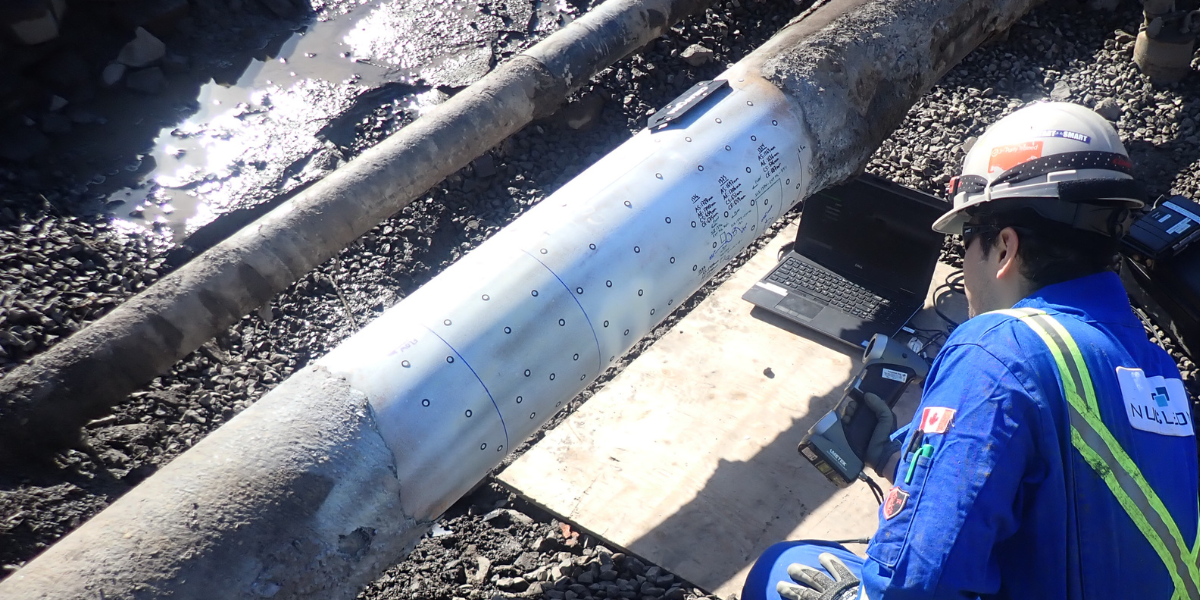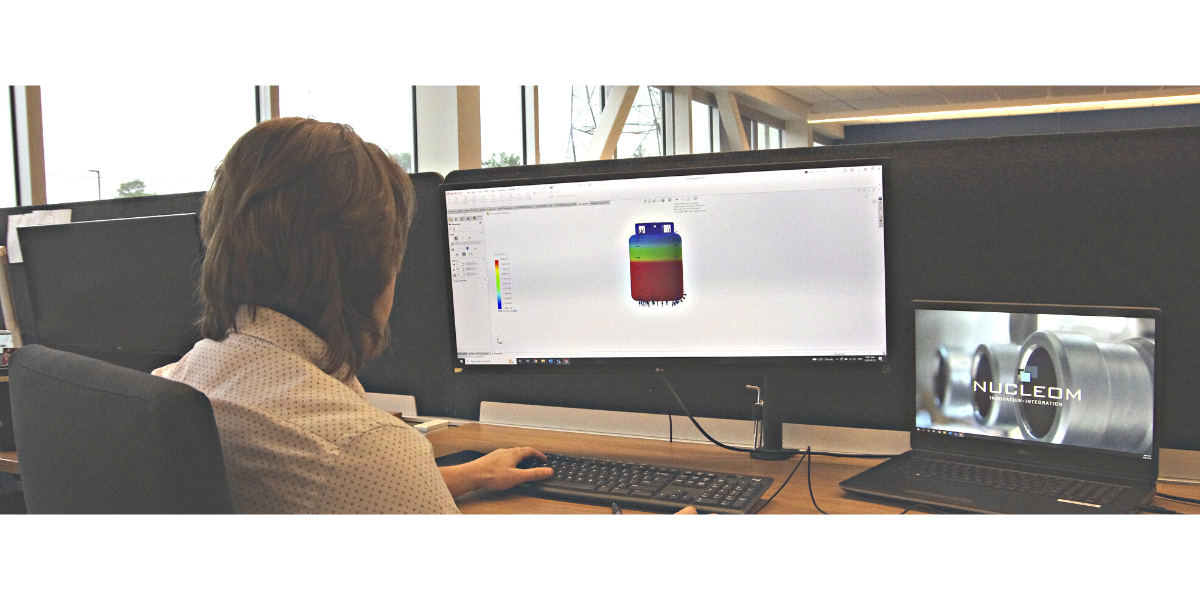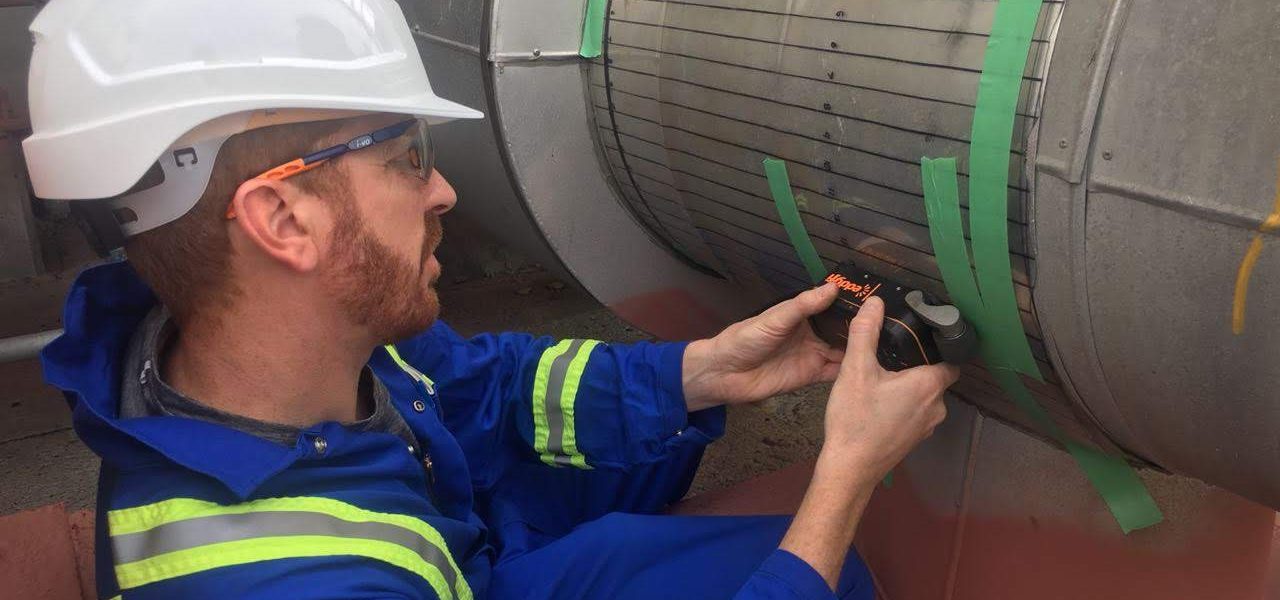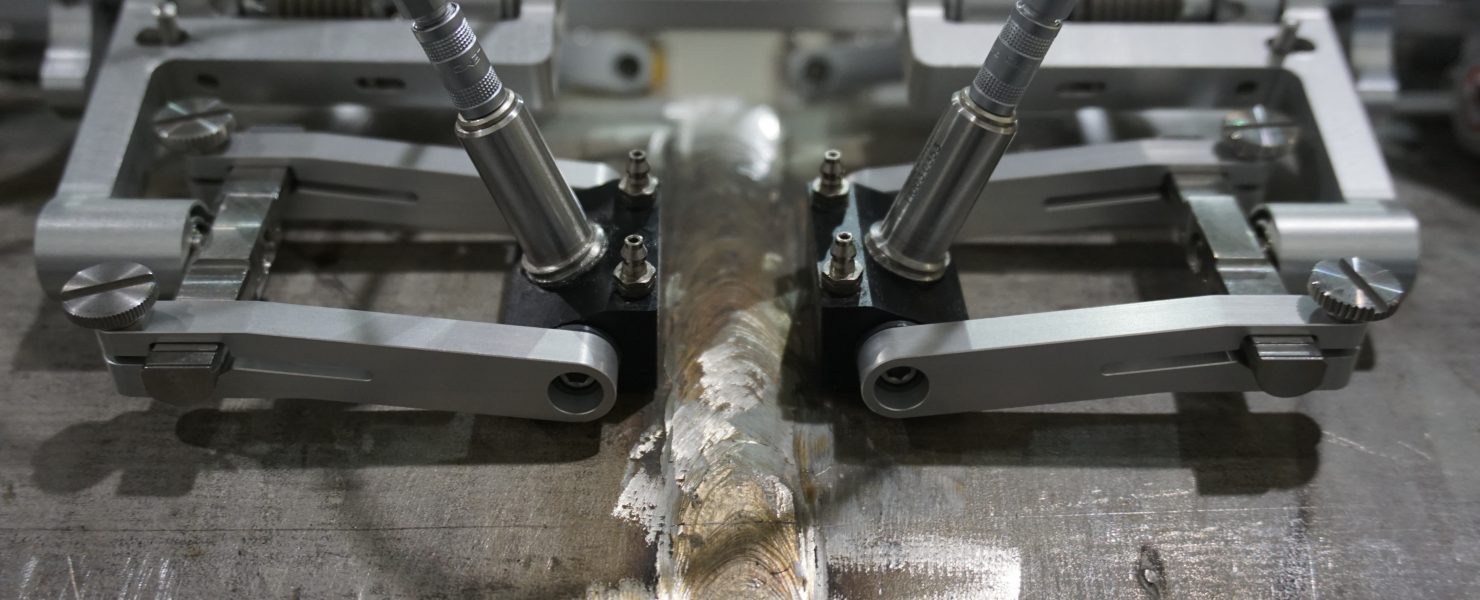In this blog post, we discussed how Nucleom‘s pipeline integrity assessment solutions leverage advanced technology and expert analysis to help clients maintain safe and reliable pipeline operations. We highlighted the benefits of our solutions, including minimizing downtime, and improving data/results accuracy. We shared a success […]
What is Finite Element Analysis (FEA) ? FEA is an advanced method to approximate a discrete or continuous physical system (governed by differential equations) which consists of a subdivision of the physical domain called finite element. Why are FEA simulations interesting ? The objective of […]
In this blog post, we’ll explore how Nucleom’s cutting-edge drone solution optimizes petrochemical tank inspections. Our drone inspection services enable high resolution inspections of tank roofs and internals, without the need for personnel entry to identify corrosion, cracks, leaks, and other defects that may cause […]
This paper entitled “Guided Wave ultrasonic testing: applications, limitations and new developments” was presented at IPEIA 2023 in Jasper, Alberta, by Timothé Falardeau, integrity engineer at Nucleom. Long-Range Guided Wave Testing (GWT) Applications- examples: High productivity: GWT of fire piping in a mine. 2km, 100% […]
The difference between Destructive and Non-destructive testing is the state in which the test piece is found at the end of the inspection process. In some situations, the use of both techniques may be necessary. What is the difference between Destructive and Non-Destructive Testing ? […]
The different types of nondestructive testing are often complementary. As a result, we can exploit the advantages of combined techniques. Nondestructive testing (NDT) is a combination of various inspection techniques used individually or collectively to evaluate the integrity and properties of a material, component or […]









